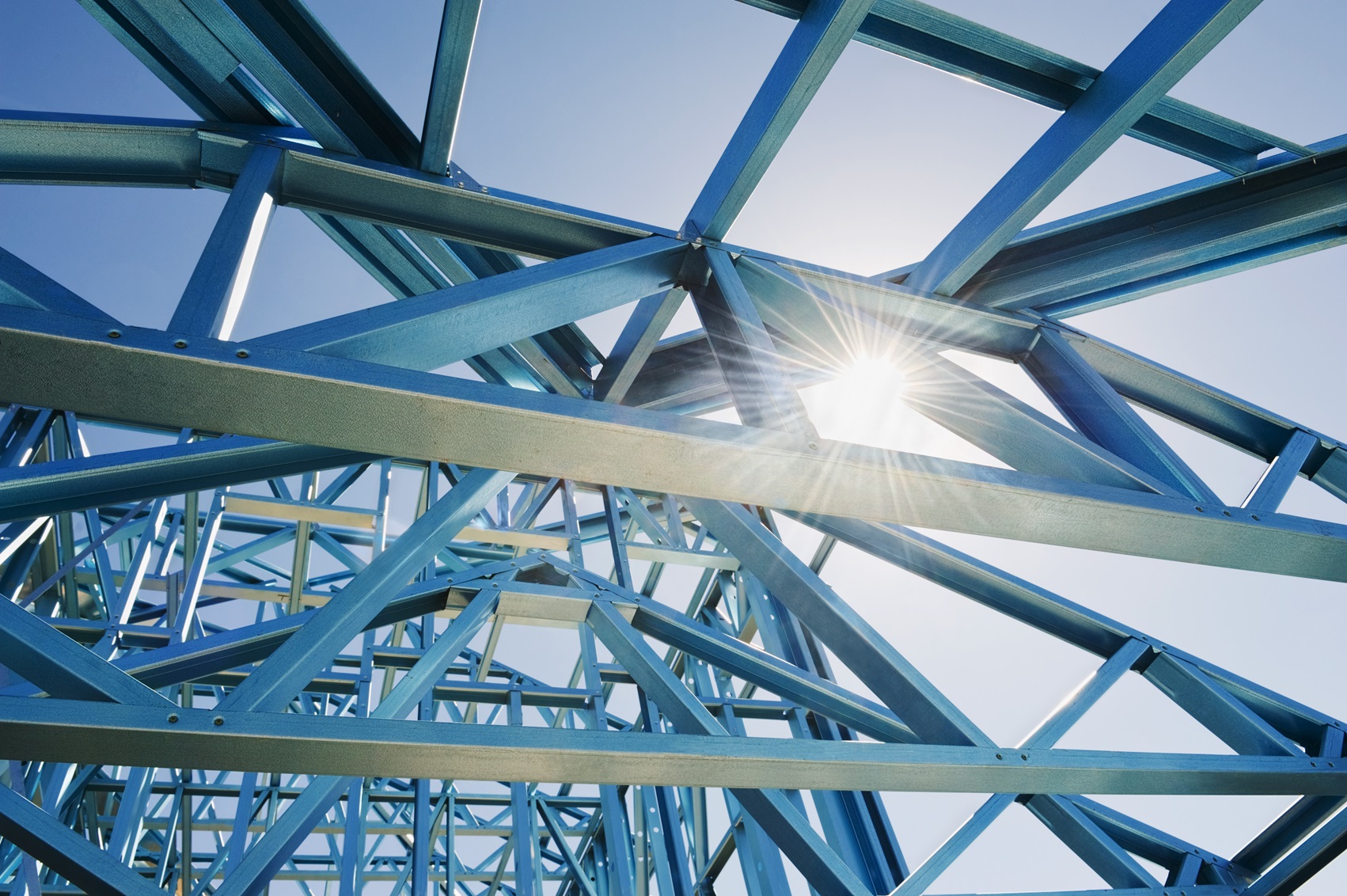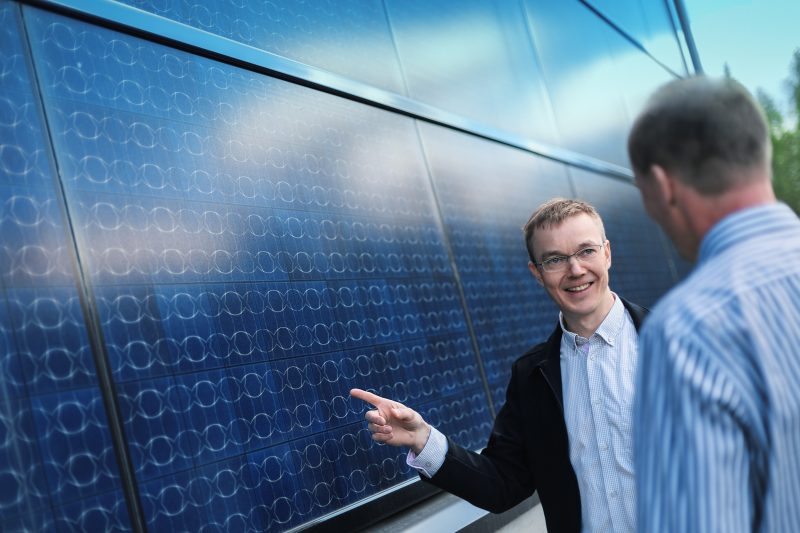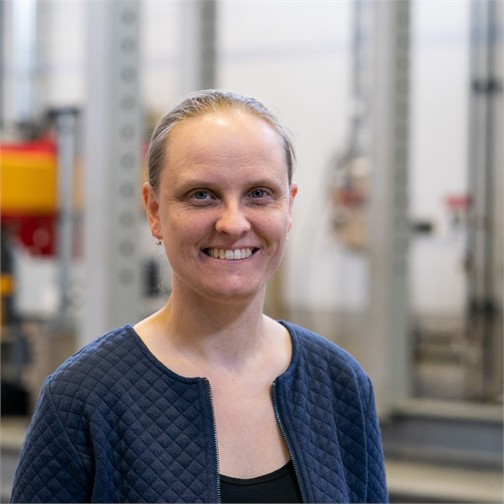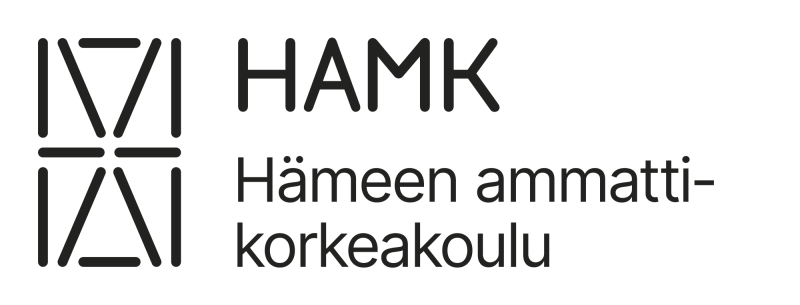
Steel Construction Excellence Center (SCEC)
The Steel Construction Excellence Center (SCEC) is a hub of expertise in steel construction that brings together companies, as well as education, research, and development organizations. Our main objectives are to strengthen the conditions for sustainable business in the industry and promote its expansion, while also creating new opportunities for the future.
On-going projects
We conduct meaningful research, development, and innovation activities, providing high-quality RDI services to enhance the competitiveness of businesses in the field. We engage in high-level research projects, such as those funded by the Academy of Finland, Business Finland, and the European Union, collaborating with national and international partners.
Deconstruction and Refabrication for the Reuse of Steel Buildings (DreamFAB) -project will develop and validate the technical rules and re-fabrication guidelines for the structural safety of reuse and re-fabrication of steel buildings and develop solutions for composite beams, roof trusses and robot-assisted deconstruction. In particular, the project aims to overcome the most critical technical barriers which prevent the reuse of steel constructions.
Adapting the built environment of Kanta-Häme to climate change (ILMARA) project seeks solutions to strengthen the climate resilience of the built environment in Kanta-Häme.
Towards a functioning circular economy and security of supply (KOHU) project aims to launch research and innovation activities related to additive manufacturing in Kanta-Häme.
HYBRITUT, or the “Low-carbon hybrid solutions for construction” project, is a research project promoting low-carbon solutions in the built environment by investigating hybrid building solutions and their environmental impact.
In MechJoint project we develop truss connection solutions for steel structures, and address the challenges in manufacturing, logistics and sustainability.
Research and development services are implemented in a tailored manner, taking into account the specific needs of businesses. Our activities also provide a solid foundation for the emergence of new innovations. By enhancing our infrastructure, we are preparing to respond more effectively and comprehensively to future RDI (Research, Development, and Innovation) needs.
Doctoral theses
Completed projects
Know-how
Steel Construction events
Teräsrakennekatsaukset, 2025
- Times and registration here.
Teräsrakentamisen T&K-päivät, 14.-15.8.2025
Linnan Business Turnajaiset, 2025
Ohutlevypäivät, 9.-10.4.2025
Workshop: Rakennetun ympäristön ilmastokestävyys Kanta-Hämeessä, 7.5.2025
Join the action
Our goal is to improve the operating conditions and competitiveness of the industry and businesses. We gather and share high-quality information about the latest trends in the industry with our network of actors and collaborate with key stakeholders. Additionally, we assist professionals and employers in the industry to connect, provide guidance, and support the emergence of new businesses in the field.
We aim to excel in all three areas of our operations: expertise, research, development, and innovation activities, as well as advocacy and stakeholder collaboration.

Contact info

Latest with our collaboration partners
10.4.2025 Kiertotalouspilotit kiinteistö- ja rakennusalan pk-yritysten tukena vihreässä siirtymässä
17.3.2025 Robotics training for teachers and educators
27.2.2025 HYBRIT: fossiilivapaan vetykaasun laajamittainen varastointi osoitettu onnistuneesti
13.2.2025 TAVASTIArekry tarjosi yrityksille mahdollisuuden kohdata opiskelijoita
6.2.2025 Uudessa hankkeessa vahvistamme kiinteistö- ja rakennusalan henkilöstön kiertotaloustaitoja
30.1.2025 Teräsrakennekatsaukset 2025
28.1.2025 Ruukin uusi biopohjainen pinnoite on uusi askel kohti hiilineutraaleja rakennustuotteita
15.1.2025 Lähitoimitukset sähkörekoilla SSAB:ltä Hämeenlinnasta käynnistyivät
16.12.2024 HAMK johtamaan 3,3 miljoonan euron hanketta kiertotalouden kehittämiseksi Itämeren alueella








